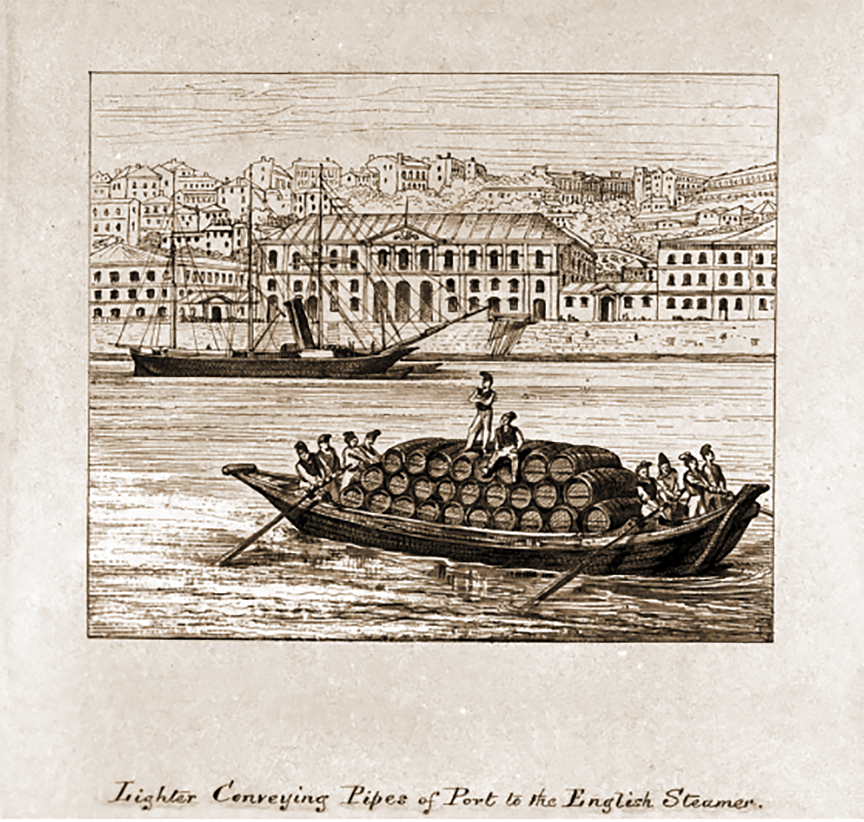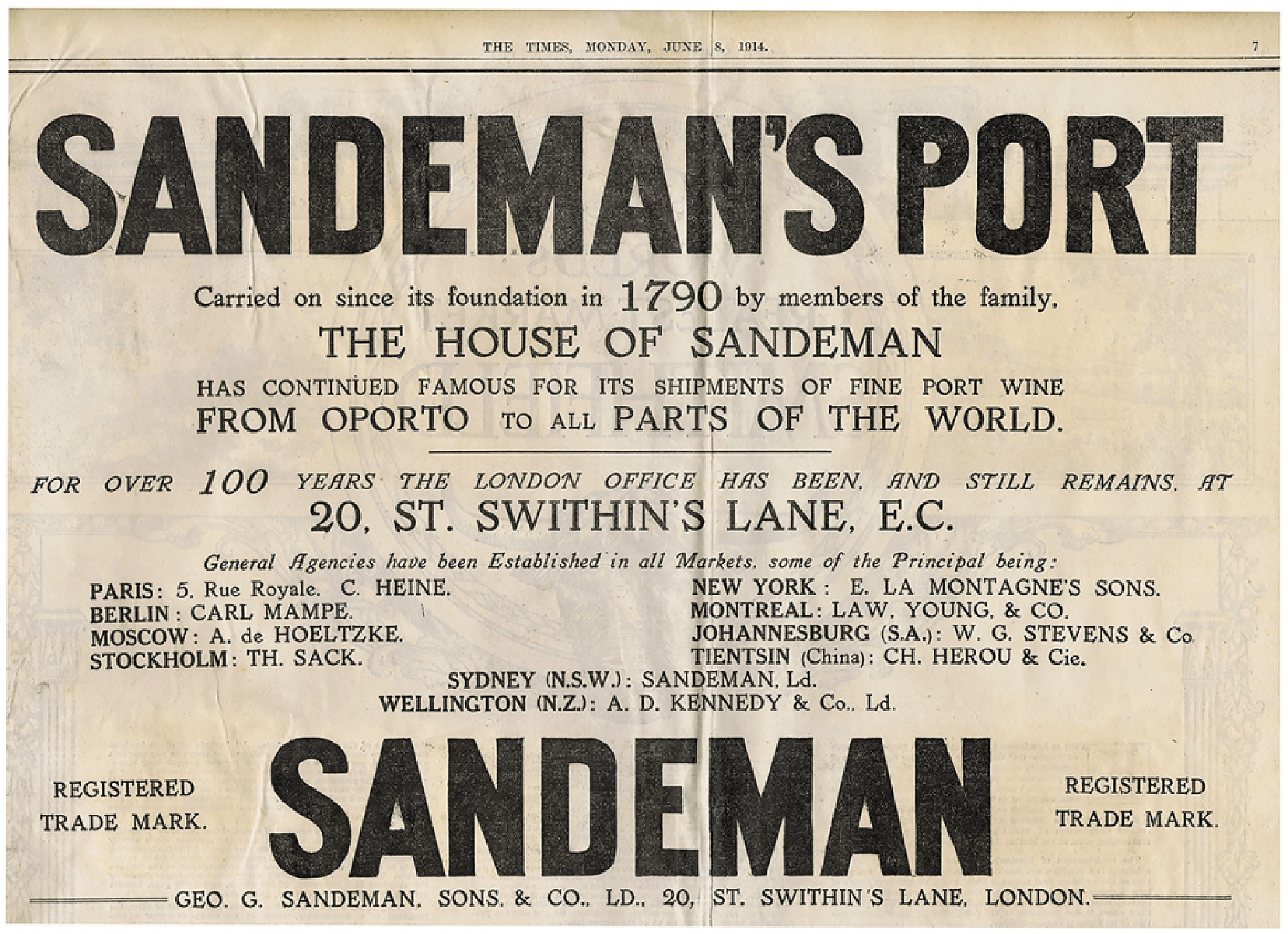Deep, deep ruby color; candied plum, ripe red fruits, blackberry, blackcurrant, cherry, jammy fruit on the nose and palate.
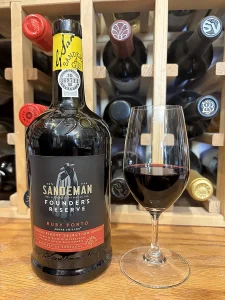
Sweet (100 g/L residual sugar); significant tannins that subside with air—wine gets better each day after opening; good balancing acidity (3.55 pH). Full body, bold ruby porto red fruit flavors. Classic entry-level, affordable level introduction to the porto world. Fruit-forward palate pleaser, especially for sweet wine lovers. 20% ABV
Sandeman was established in 1790 by George Sandeman, a 25-year-old Scottish son of a successful cabinetmaker with a £300 loan from his father. Early on, Sandeman focused on importing porto and sherry. In 1805, Sandeman began the process of literally “branding” his wines using a hot iron to burn the initials “GSC”—George Sandeman & Co.—on his barrels. In 1811, Sandeman purchased lodges in Vila Nova de Gaia to develop and store his wines before shipment.
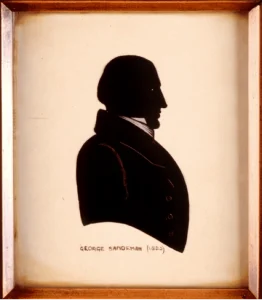
Sandeman successfully navigated the company through the troubles of the early 19th century and Napoleonic wars, including a year-long siege of Porto, the port city across the Duoro River from Vila Nova de Gaia. By 1825, the company was selling wine around the world, perhaps 12% of all the wine made in Portugal. In the 1850s they developed and expanded the tawny porto market. In 1841, George Sandeman was succeeded by his nephew, George Glas Sandeman, from whom all subsequent heads of the operation descended.
Sandeman’s iconic image “The Don” appeared in 1928. The website notes: “A symbol of Sandeman’s Iberian identity, the image entered the brand’s national advertising in 1930 and is part of the labels since 1934. It soon inspired ‘Don’ figure decanters (the first were made by Royal Doulton in 1931) and before long shined in a new sign switched on in Piccadilly, in 1938. After appearing on the ‘Dry Don Port’ labels, in 1935, it started to be called ‘The Don.’ Possibly the first true wine logo, ‘The Don’ is as an essential part of Sandeman identity and one of the most iconic trademark images in the drinks business worldwide.”
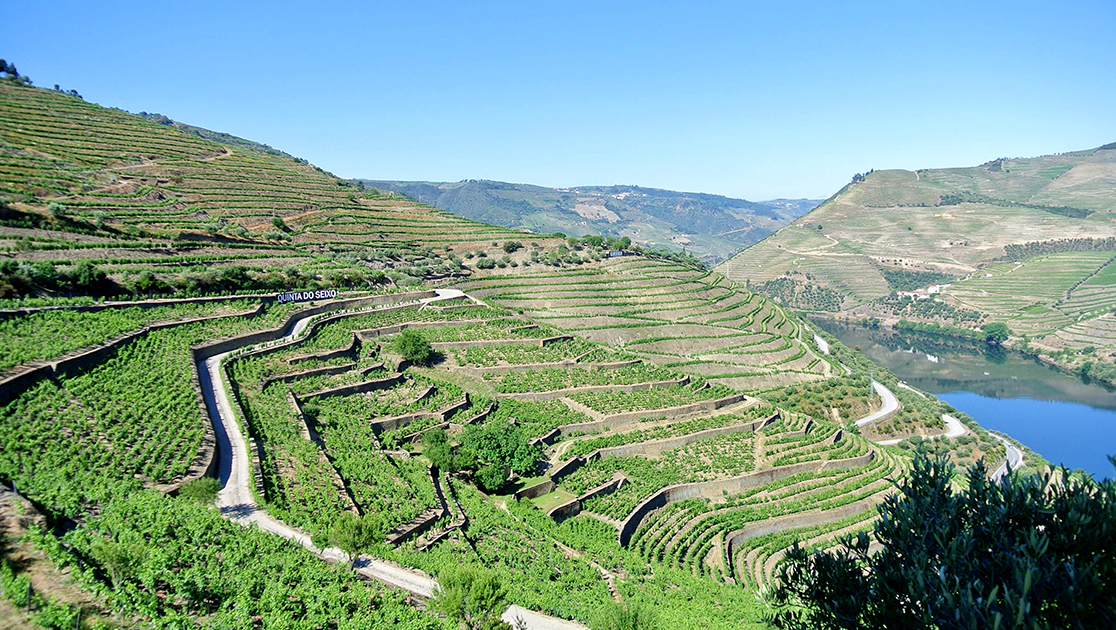
In 2002, Sandeman joined Sogrape. Sogrape started in 1940 when Fernando van Zeller Guedes and 15 friends founded “Sociedade Comercial dos Vinhos de Mesa de Portugal.” They quickly achieved international success with Mateus, a medium-sweet, slightly sparkling (frizzante) rosé launched in 1942. Known by its flask-shaped bottle, by the 1950s and 1960s, Mateus accounted for 40% of Portugal’s total export of table wine, selling 3.25 million cases a year. The wine has evolved slightly and added variations, but remains a huge international seller for Sogrape. Today, the winery owns properties in Spain, Argentina, Chile, and New Zealand in addition to its Portuguese holdings.
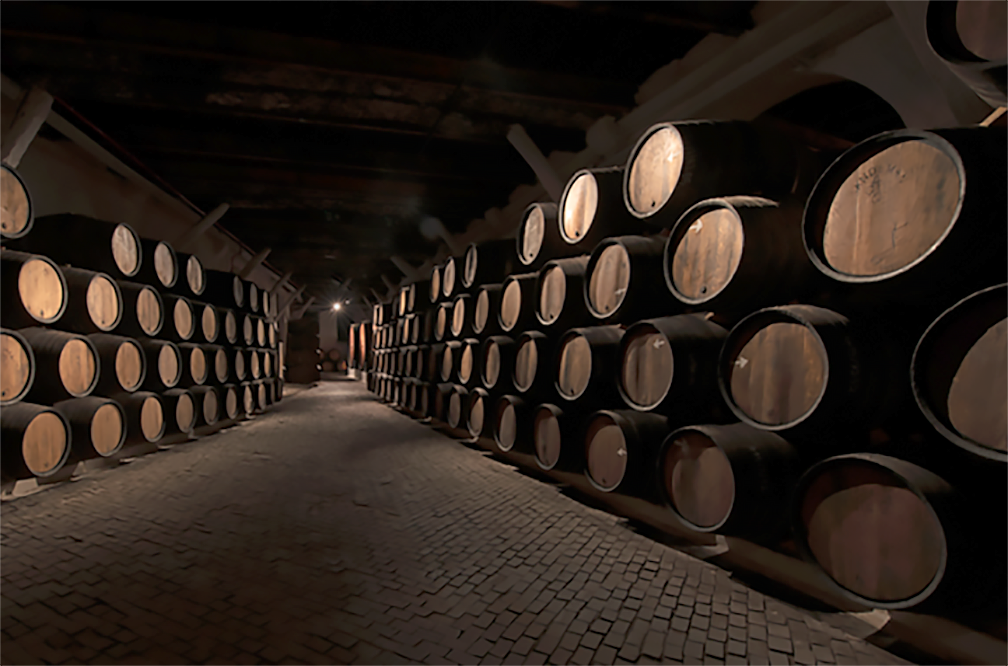
Sandeman Founder’s Reserve Ruby Porto is both a classic and affordable ruby porto. Ruby Porto is the introductory bottling into the magical world of porto. With experience and financial progress, you can merge into the world of vintage and decade-aged portos, but this is excellent way to discover if portos are right for your palate. You will be hard-pressed to find anyone who doesn’t enjoy a sip of the liquid, palate-pleasuring caress of this pour.
Can be enjoyed all by itself, including sipped with ice cubes. Dessert in a glass. Pair with rich, dark chocolate; desserts featuring cherries and berries. Ruby porto really shines with cheese. Blue cheeses are classic ruby porto pairings—stilton, roquefort, gorgonzola, saint agur blue. Blue cheese is considered quintessential, but others work, too. Farmhouse cheddar, red leicester. $17-21
Sogrape Vinhos website, excellent time-line history
